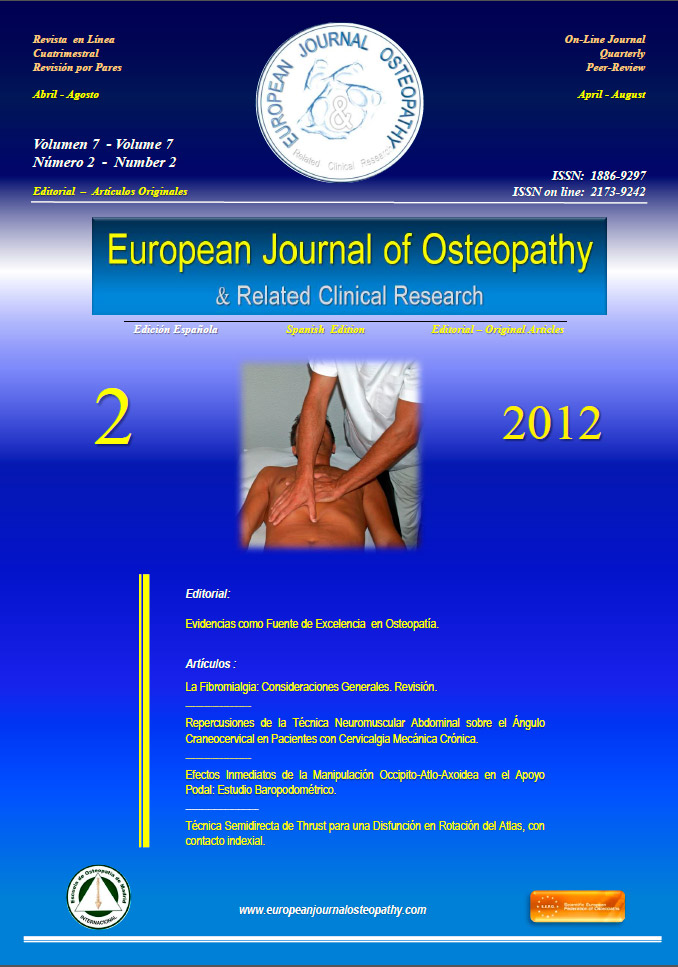By Felicia Noelle Trujillo
A charming six year-old, Sean had bright red hair, twinkling green eyes and a spray of freckles. This solid little boy reminded me of Garrison Keillor’s description of his home town “where all the children are above average.” Sean had been born with a marked kyphosis, or a humped back. With guilty insight, his mother confided that she feared marital arguments had traumatized Sean during her pregnancy. I invited Anne to stay in the room as her son climbed onto the table.
I found Sean’s neck muscles and jaw unusually tight; his small shoulder blades were stiffly held with the configuration of his curved spine. A healthy little boy who wanted to be outside running - he continued to wriggle, tightening and extending his body, locking his knees together, and gritting his jaw through much of the lesson. The tension in his jaw, neck and shoulders was as high as that of a CEO of a troubled dotcom firm.
I began with an infant developmental movement that invites a stage of crawling by organizing the upper back. Sean lay on his stomach with pillows beneath his chest and one leg drawn up alongside, bending at the knee. I slowly helped him slide one knee in towards his pelvis and then allow it to slide back out. I added gently compressing the tight muscles along his spine and his ribs until they released. As his mother led him out, he spontaneously flattened his upper back.
“His back is beautiful - and you didn’t even have to hurt him!” his Mom exclaimed. I sadly realized that this devoted mother had entrusted her little son to me with the expectation that I would hurt him to “help” him. I gently explained that our work follows childhood’s natural process of being stimulated by curiosity and pleasure, rather than any painful forcing.
I encouraged other family members to take an introductory course in the Feldenkrais Method® so they can understand and support their child’s process -and to address any of their own movement problems. Anne and her husband readily agreed, as they both suffered from severe back problems. I explained to Anne that the “flexion response” is a primary directive for our species and a natural response whenever we feel under attack, whether it be a grumpy parent, kids teasing at school, or any prolonged stressor. I also explained that the poor design of infant seats, children sitting in adult-sized chairs, and school desks all reinforce this slumping posture, as they force the children to sit rolling backward toward their sacrums.
Sean enjoyed the second session, which began with judo rolls. After we reviewed the infant movement from the first session, he sat on the table and I introduced rocking his pelvis forward onto his “Sitz bones.” I showed him how rolling forward made him taller, while slumping made him shorter, explaining “Now you are a BIGGER boy, now you are smaller.” (Sitz bones create a flat surface from the two ischial tuberosities meeting at the pubic bone. This is the only flat bony surface on the pelvis and sitting on that site immediately lines the spine up properly. Ask your Feldenkrais® practitioner to show you how this is done.)
Sean and his happy mother came in for his third and last session. Sean announced proudly, “I know how to be tall and how to be short and how to be really tall!” Sean had retained his posture, and from his mother’s reports through the years, Sean never returned to his “humped back.” His parents also regained their own healthy pain-free backs as well.








 4:32
4:32
 Daniel Enriquez de Guevara
Daniel Enriquez de Guevara




























.jpg)






















0 comentarios :
Publicar un comentario